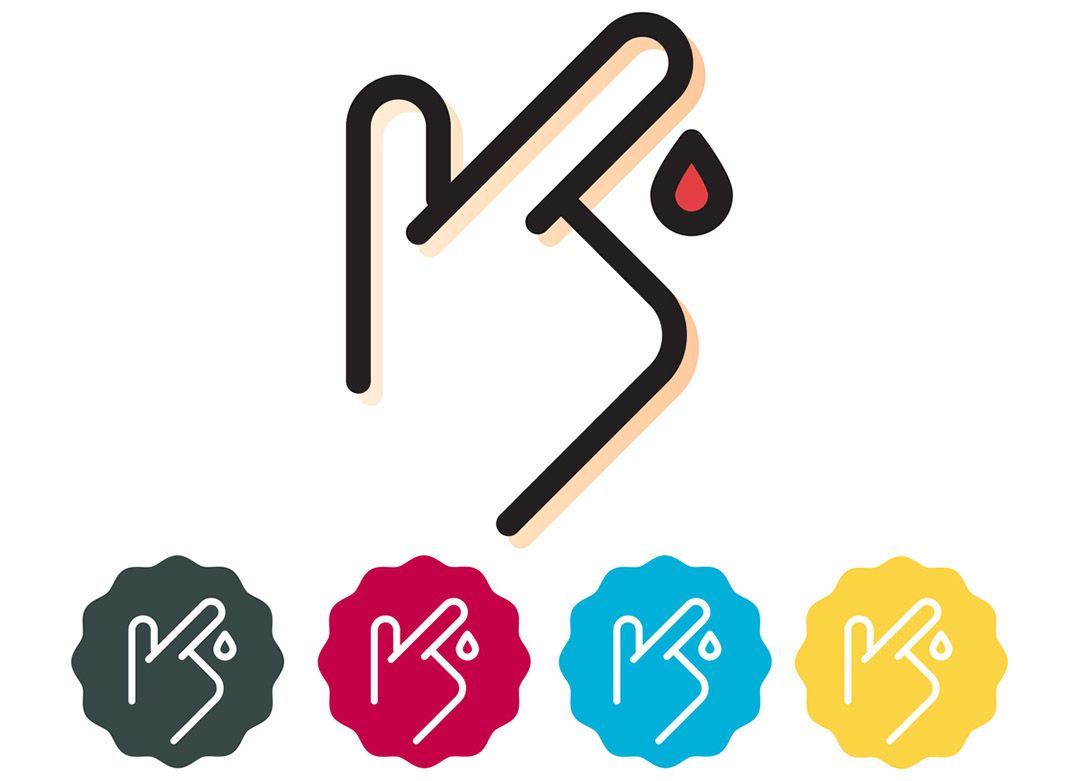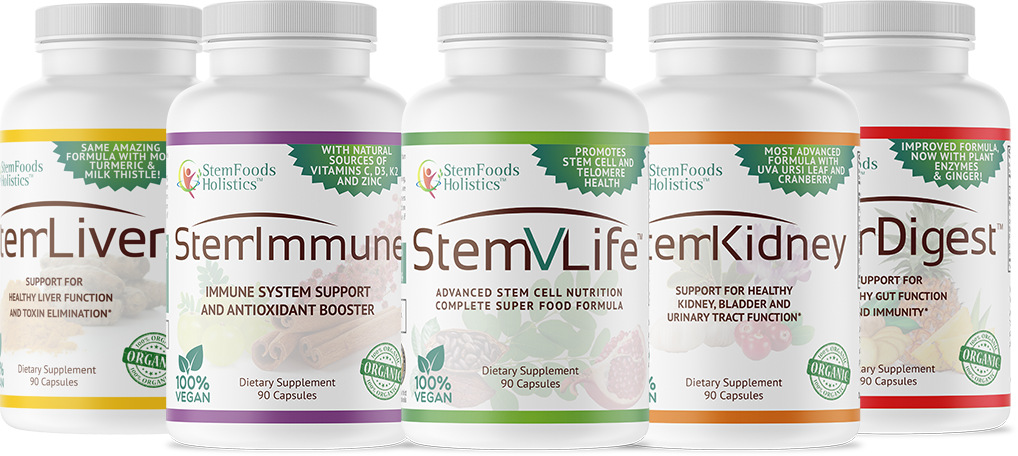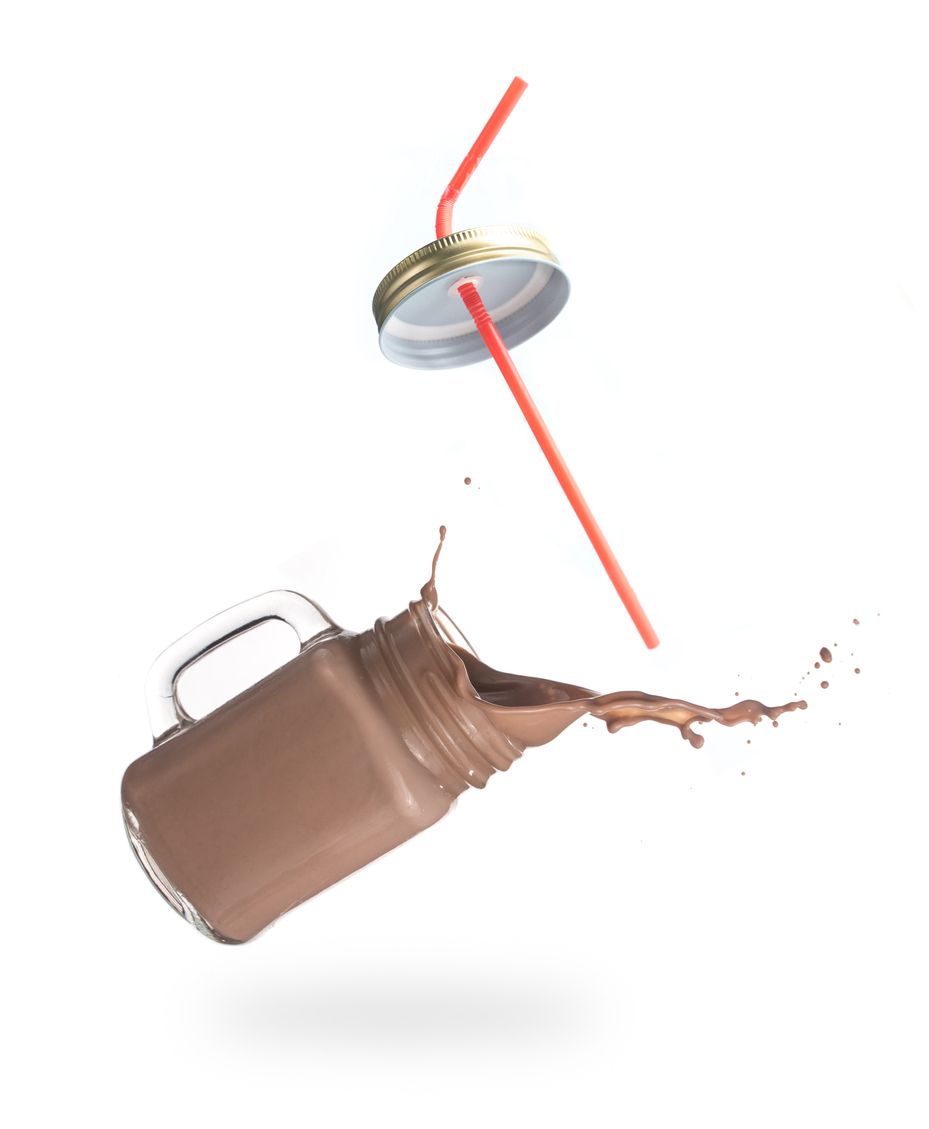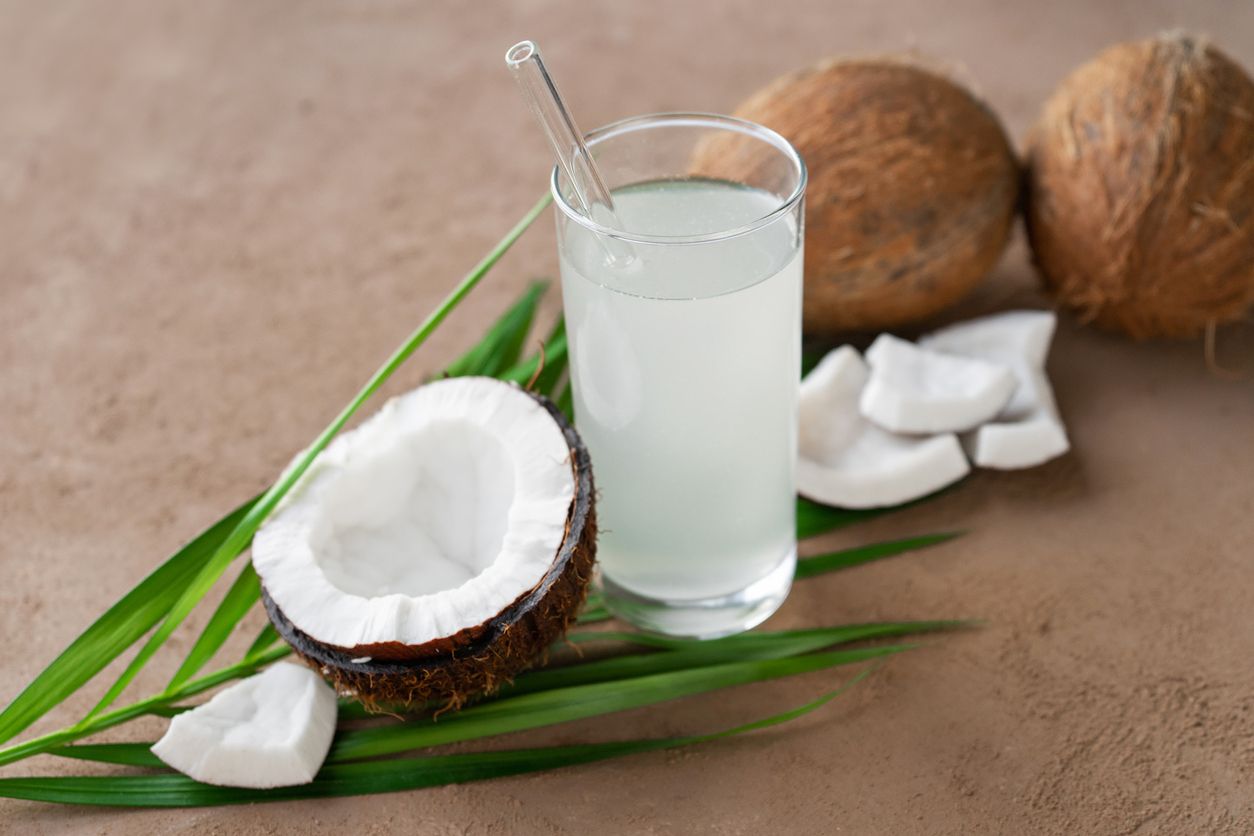5 tipos de diabetes explicados
Buenas noticias que quizás no conozcas

Para solucionar un problema, primero tenemos que ser conscientes de que está ahí. La diabetes ya no es el diagnóstico aterrador que solía ser, pero si no somos conscientes de que la tenemos, puede convertirse en un problema grave. Si le han diagnosticado diabetes, hay buenas noticias: la resistencia a la insulina es reversible. Después de décadas de estudios e investigaciones, ahora está claro que la resistencia a la insulina se puede revertir con una dieta adecuada. Una dieta adecuada incluye agua y suplementos.
En términos simples, la resistencia a la insulina es la incapacidad de la insulina para entregar glucosa a los tejidos a los que se supone que debe entregarla. Normalmente, después de comer y de digerir los alimentos, la insulina lleva la glucosa a los tejidos para que la glucosa pueda usarse como energía. Pero cuando hay resistencia a la insulina, la glucosa no puede ingresar a esos tejidos. Está atrapado en la sangre porque las grasas bloquean esos tejidos. Si bien esta información se conoce desde hace más de 100 años, el nuevo libro, "Mastering Diabetes" de Cyrus Khambatta, PhD, y Robby Barbaro, MPH, explica lo fácil que es revertir la resistencia a la insulina en el siglo XXI. Entendamos cada tipo de diabetes:
- Diabetes tipo 1: condición autoinmune en la que el páncreas produce poca o ninguna insulina. Esto generalmente se diagnostica durante la infancia o la adolescencia. Es por eso que también se le llama “diabetes de inicio juvenil”.
- Diabetes tipo 1.5: es lo mismo que la diabetes tipo 1, excepto que generalmente se diagnostica alrededor de los 30 años o más. Es de acción lenta pero destruye lentamente la capacidad del páncreas para producir insulina.
- Prediabetes: este es su cuerpo advirtiéndole que se despierte y tome medidas porque se dirige a la diabetes tipo 2 si no realiza algunos cambios en su estilo de vida. Si su nivel de glucosa en sangre en ayunas está entre 100 y 125 mg/dL, o si su A1c está entre 5,7 % y 6,4 %, entonces está empezando a volverse resistente a la insulina.
- Diabetes tipo 2: cuando su glucosa en sangre en ayunas es de 125 mg/DL o superior o cuando su A1c es del 6,5 % o superior, se le diagnostica diabetes tipo 2. Hay dos tipos de diabetes tipo 2:
- No insulinodependiente, donde su cuerpo todavía produce insulina.
- Dependiente de la insulina, donde su cuerpo no puede producir suficiente insulina.
- Diabetes gestacional: este tipo de diabetes ocurre durante el embarazo. Aunque generalmente desaparece después del parto, aún es posible que se convierta en diabetes tipo 2 más adelante.
La diabetes no tiene por qué ser un diagnóstico aterrador. Con una dieta adecuada de frutas, verduras, verduras, legumbres, almidones y casi todos los deliciosos alimentos que crecen en la Tierra, es posible revertir la resistencia a la insulina. Es imperativo evitar todos los productos de origen animal (incluidos el pollo y el pescado, no solo las carnes rojas o la carne de cerdo), los lácteos (incluidos el queso, la mantequilla, la leche y el yogur) y los alimentos procesados (incluidas las papas fritas, el chocolate y los pasteles). Por ejemplo, si disfruta de una papa al horno, omita la mantequilla y la crema agria, y en su lugar agregue cebollino, frijoles, tomates cortados en cubitos, salsa casera, cebollas picadas y pimientos.
Acostúmbrate a leer las etiquetas y evita los productos que contengan grasas saturadas y grasas trans. Suena difícil al principio, pero a medida que haga la transición a un estilo de vida basado en alimentos integrales y vegetales, comenzará a sentirse mejor y con más energía. No siempre es fácil encontrar toda la nutrición que necesitamos. Es por eso que StemFoods Holistics está aquí para brindar una amplia gama de superalimentos y nutrientes en nuestra línea de suplementos. Nos apasiona ayudar a las personas en su proceso de salud. Nuestros suplementos cubren áreas tan relevantes como la salud de los órganos de eliminación (StemLiver, StemDigest y StemKidney), así como la salud de las células madre (con StemVLife) y el sistema inmunitario (con StemImmune).
Esperamos que aprenda más sobre el estilo de vida basado en plantas y alimentos integrales para ayudarlo a revertir la resistencia a la insulina. Si quieres chatear con nosotros, llámanos y estaremos encantados de darte sugerencias e ideas.








